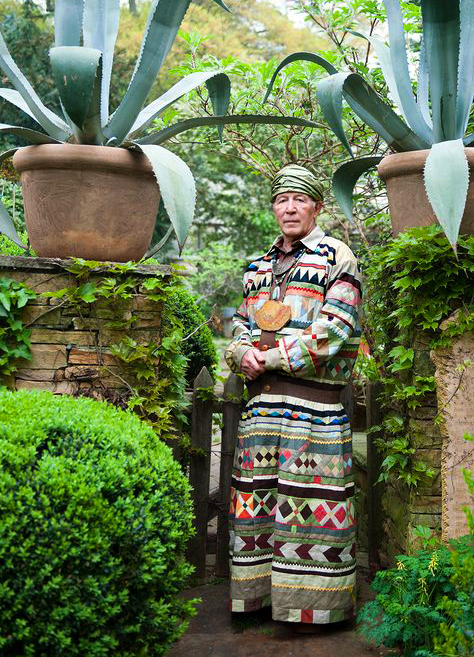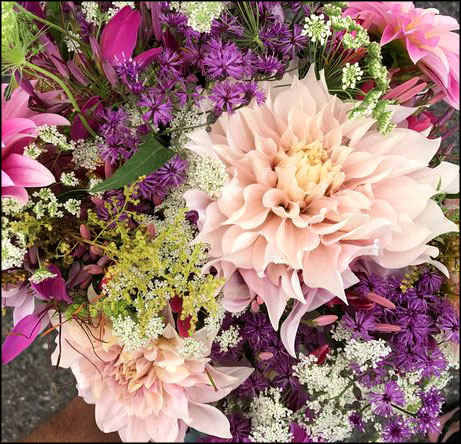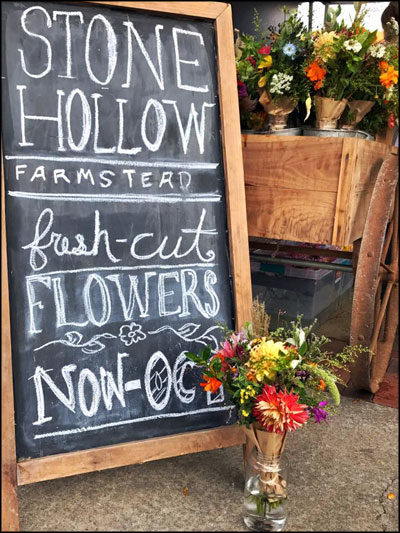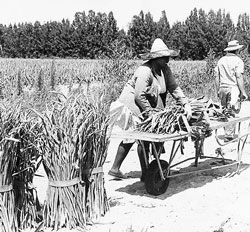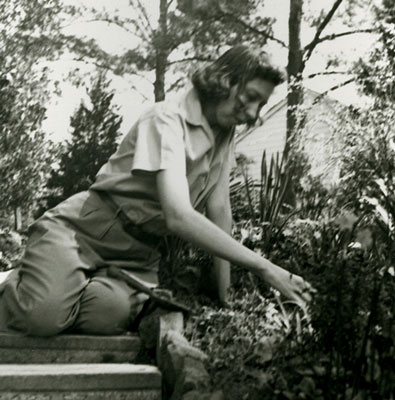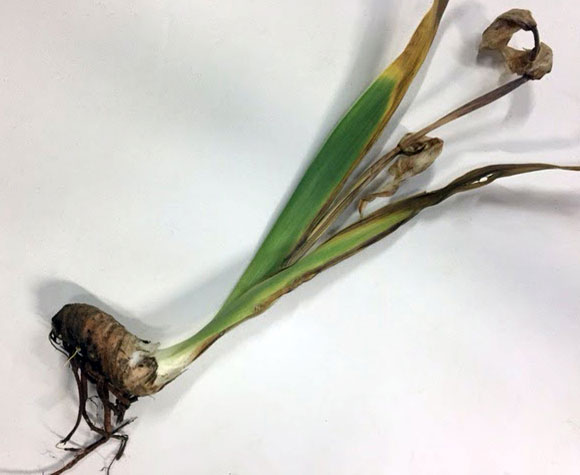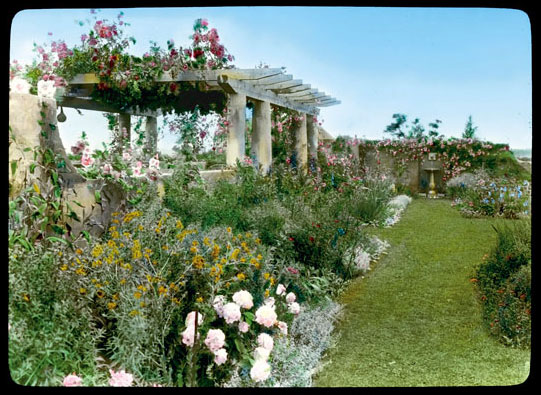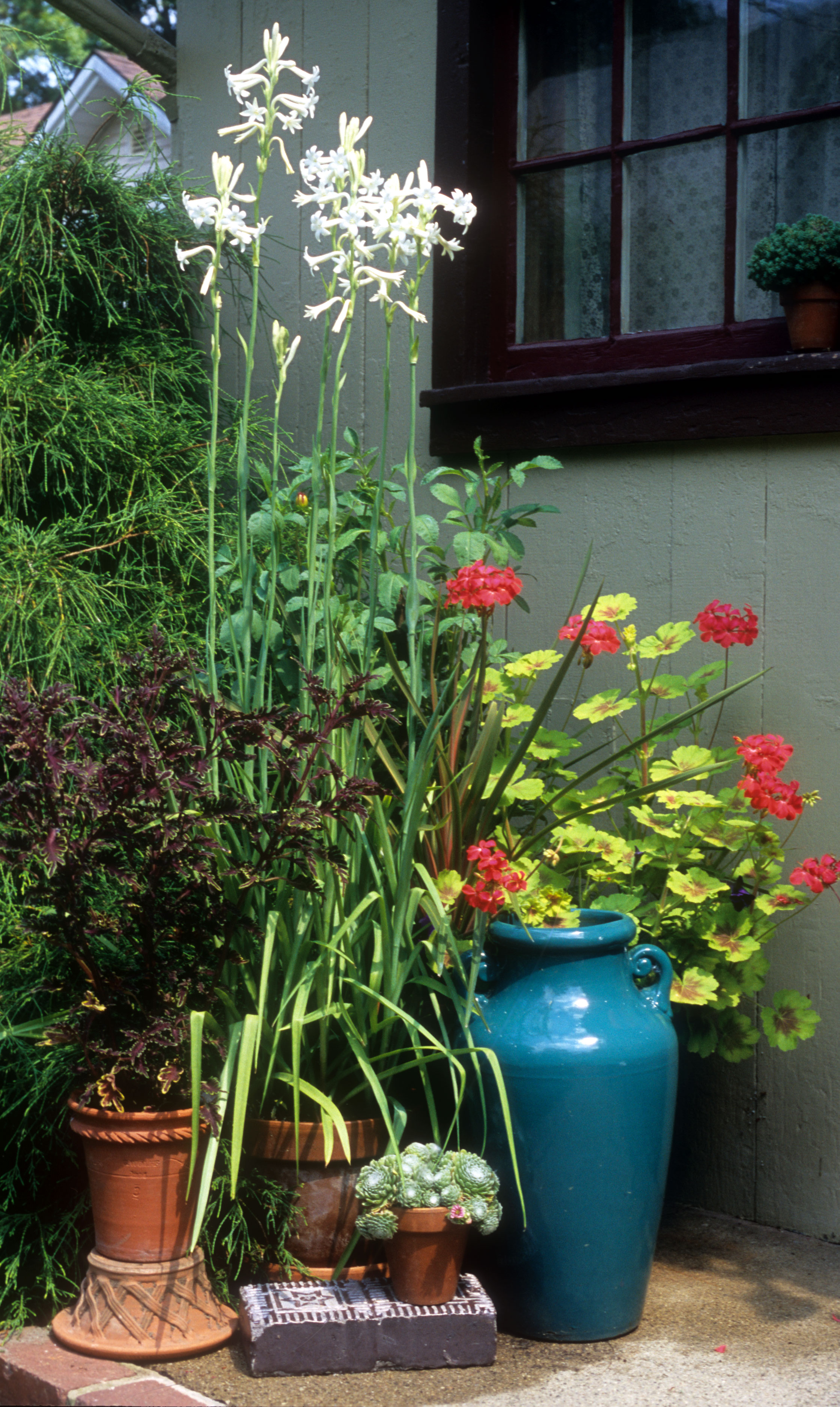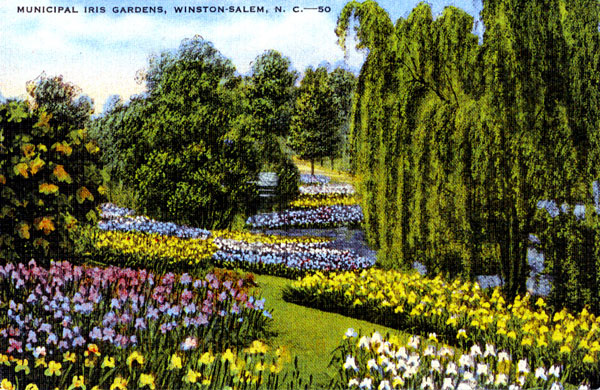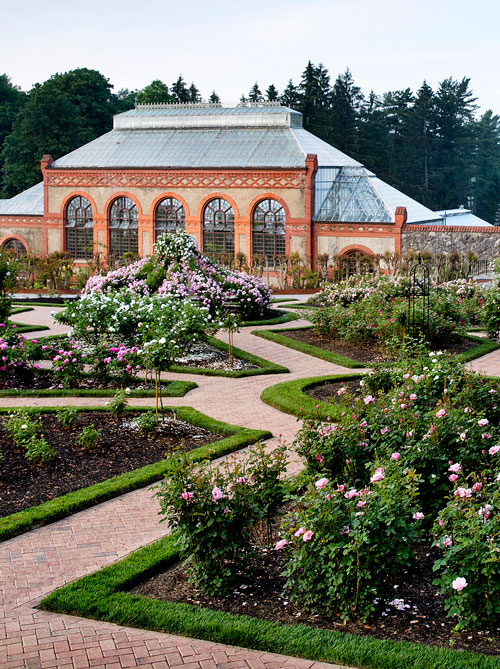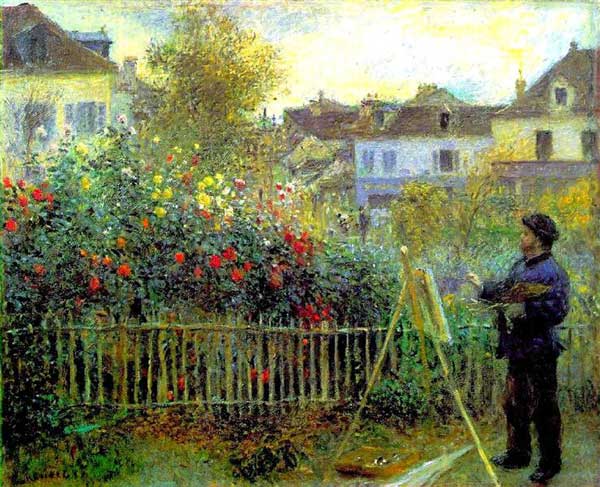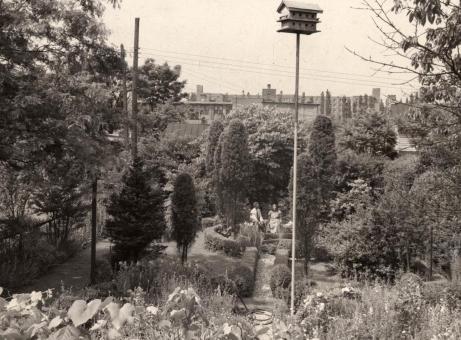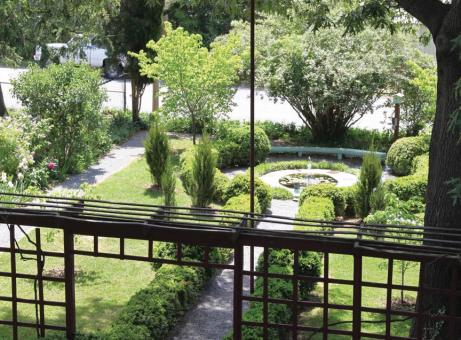“These big yellow daffodils have multiplied and bloomed prolifically for us here,” wrote our good customer Carlos Doolittle, landscape manager at Southeastern Louisiana University, “and I’m hoping you can help me learn their true identity.”

The photos he attached showed a Division 2 or large-cup daffodil with petals a shade lighter than the cup, and he said they usually started blooming in early February.
Since very few “big yellow daffodils” do well in climates that are as hot and wet as it is at Southeastern – which is 45 miles northwest of New Orleans, right on the border of zone 8b and 9a – I was intrigued.
“About a decade ago,” Carlos wrote, “an elderly lady, Mrs. Vertalie Blaylock, of Loranger, Louisiana, shared daffodils with my grandmother. They multiplied rapidly, and I transplanted some to my home and eventually to campus. Everywhere I have planted them, they have multiplied rapidly.”
Since literally thousands of big yellow daffodils have been introduced over the years, at first I worried that identifying this one would be a hopeless task. But after Carlos sent me measurements of its petals, cup, and foliage, and then described its scent as “light, honey-like,” I began to feel more optimistic.
I asked him to send his photos and information to a couple of friends who know a lot more about Southern daffodils than I do, Sara Van Beck of Georgia (and formerly Florida) and Greg Grant of Texas. Happily, we all came to the same conclusion: Mrs. Blaylock’s mystery daffodil is probably ‘Carlton’.
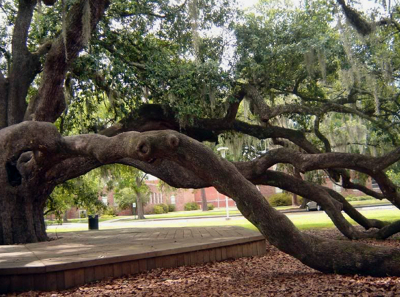
“That’s what it looks like to me,” Greg said, adding that ‘Carlton’ is “the most dependable yellow daffodil” where he lives in north-east Texas.
Sara agreed, and in her book Daffodils in Florida, she says ‘Carlton’ “should be the backbone of any daffodil bed” in the Deep South, partly because it’s “the most resistant (of the large yellows) to basal rot” which can wreak havoc on daffodils in hot, wet soils.
Carlos was happy to finally have a name for Mrs. Blaylock’s daffodil, especially since he’s planning “to eventually have masses of daffodils as a signature of our campus landscapes.” Daffodils, he says, are the perfect choice because “not only do their bright yellow blooms bring cheer during the dreary days of winter, but our campus colors here at Southeastern are green and gold.”





